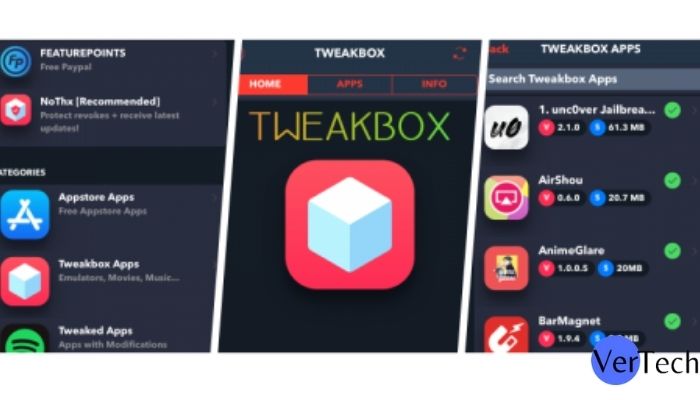Tech
The advantages of IoT-based restroom use control

The occupancy monitoring system is a system that utilizes occupancy monitoring sensors that are installed at various portions of an area being watched to detect the number of persons present, the movement of those individuals, the length of time, and other statistical information. The dashboard that is used for central management receives data from the sensors in real-time.
The dashboard is hosted in the cloud, making it accessible from any device with an internet connection. It also can be set up to send quick notifications to the building management if a particular action occurs or a planned activity does not occur.
Washroom occupancy monitoring is necessary
To guarantee the upkeep of appropriate hygiene in the restroom via consistent cleaning, it is necessary to have an occupancy toilet cleanliness monitoring system that operates correctly and effectively. In addition, it helps in adopting social separation, which is another way that it guarantees safety in these times of the Covid 19 epidemic.
IoT-enabled bathroom occupancy monitoring on-demand cleaning
It is feasible to achieve a constant degree of hygiene and cleanliness using anonymous footfall data. When the cleaning of restrooms is done on-demand, it is much simpler to maximize the utilization of the resources that are already available to guarantee that the janitorial staff cleans when it is required to do so.
- Ensures social distancing
As was just said, a well-functioning system for counting the number of people using a restroom at any one moment contributes to the accomplishment of the aim of maintaining a social distance, which is very necessary in these trying economic times.
If the epidemic has ended, it is critical to ensure that all employees and customers are protected from the dangers posed by Covid 19. The number of persons using the restroom at any moment should be restricted to achieve this goal. In this circumstance, digital screens may be used to verify that individuals are only allowed to enter the facility after someone has left it.
- Optimization of staff scheduling and inventory management
Using data on footfall and occupancy allows us to see the situation in its entirety. In this scenario, one can organize staff schedules more effectively and redirect cleaning resources to regions and times with high levels of foot traffic.
This strategy helps better manage inventory and keeps cleaning workers motivated, both of which are benefits of the approach. It may be beneficial in public restrooms with a high volume of consistent and unpredictable foot traffic.
- Improved stakeholder experience
In addition to improving our mood, having clean bathrooms helps us maintain good hygiene and a healthy body. Your employees, customers, and anybody else who has a stake in the situation will have better experiences using the public restrooms if they are kept clean and maintained constantly. This strategy serves to reassure both consumers and staff members that their health and wellness are a priority, which is a huge benefit.
- Reductions in cost
You may lessen the likelihood of sickness spreading across your establishment if you maintain a high standard of cleanliness and hygiene there. This strategy can have an immediate impact on the number of sick days claimed by staff members.
In addition, you will be able to manage your resources better and eliminate waste using intelligent sensors on toilet cleanliness monitoring system and analytics.
-

 Latest News3 years ago
Latest News3 years agoSoap2day Similar Sites And Alternatives To Watch Free Movies
-

 Software3 years ago
Software3 years agoA Guide For Better Cybersecurity & Data Protection For Your Devices
-

 Android2 years ago
Android2 years agoWhat Is content://com.android.browser.home/ All About? Set Up content com android browser home
-

 Blog2 years ago
Blog2 years agoMyCSULB: Login to CSULB Student and Employee Portal
-

 Android App3 years ago
Android App3 years agoCqatest App What is It
-

 Android App3 years ago
Android App3 years agoWhat is OMACP And How To Remove It? Easy Guide OMACP 2022
-

 Business3 years ago
Business3 years agoKnow Your Business (KYB) Process – Critical Component For Partnerships
-

 iOS2 years ago
iOS2 years agoTweakBox App – Best App for iPhone [Jan, 2023] | (iOS 15, Download, 2023)





